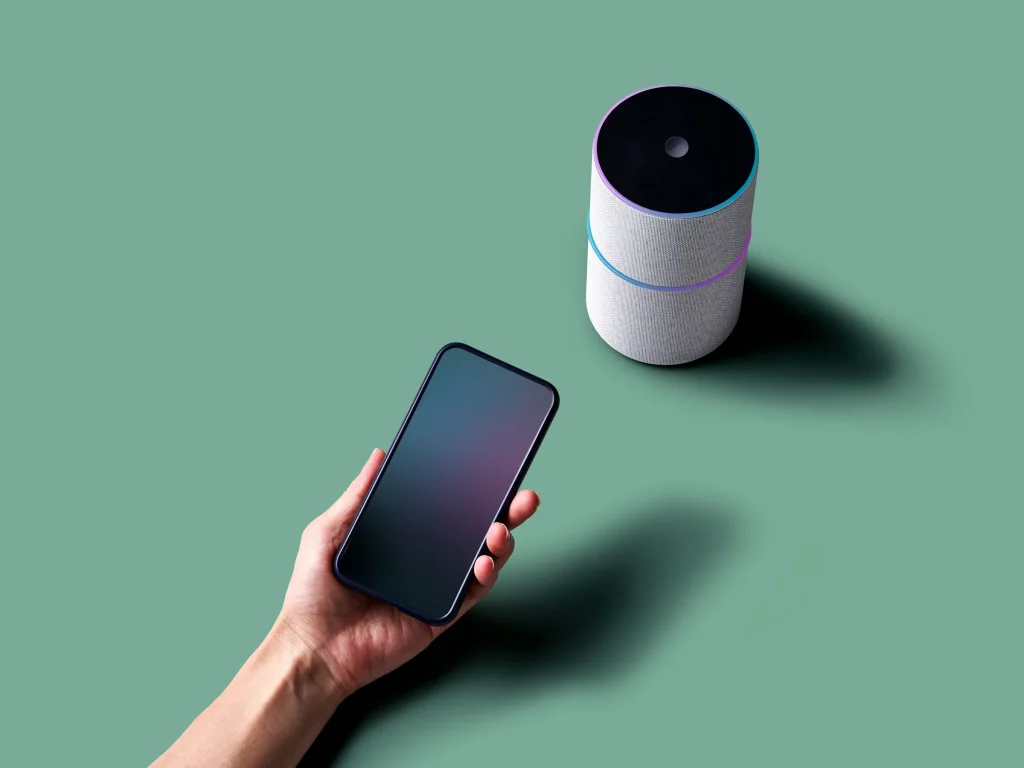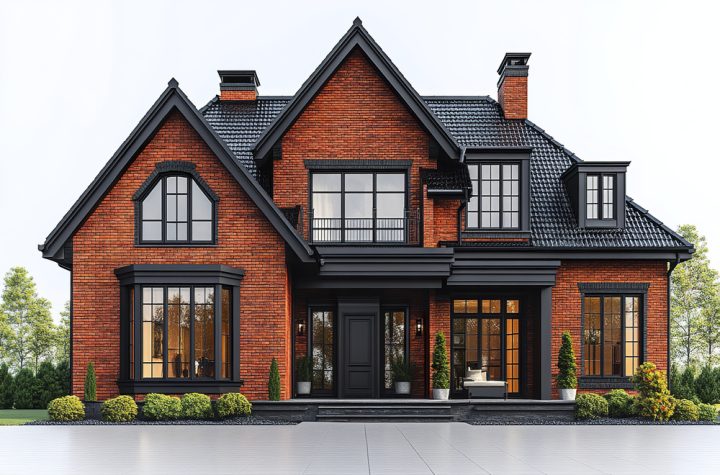
Smart home technology is gaining rapid popularity in India, making life more convenient and efficient. Among the many smart home devices available, smart plugs are an excellent starting point for those looking to automate their household.
Using simple voice commands, connecting smart plugs with voice assistants lets you easily control various appliances, such as ceiling lights, fans, and kitchen devices. This guide explains how to integrate smart plugs with voice assistants for seamless, hands-free control, ensuring that your home is smarter and easier to manage.
Choosing the Right Smart Plug
Before you begin the setup process, choosing a smart plug compatible with your preferred voice assistant is important. Popular platforms like Alexa, Google Assistant, and Siri have specific requirements, so checking compatibility is crucial. Also, select smart plugs that connect to your home Wi-Fi network, as this enables remote control via smartphone apps and voice commands without requiring a separate hub.
Installing the Smart Plug
Once you have purchased a suitable smart plug, the next step is installation. Plug the smart plug into a nearby power socket, ideally close to the device you wish to control. Common choices include connecting the plug to ceiling lights, lamps, or essential kitchen appliances. After plugging in the device, ensure your Wi-Fi connection is stable, as smart plugs rely on a consistent internet connection for smooth operation.
Next, download the corresponding smart plug app. This app will guide you through connecting the smart plug to your Wi-Fi network. Create an account if required and carefully follow the instructions provided. This process usually involves putting the smart plug into pairing mode, which allows the app to detect the device. Once paired successfully, your smart plug is ready for the next step.
Connecting to Your Voice Assistant
Integrating your voice assistant is a key step to enabling hands-free control. Open your voice assistant’s app, whether it’s the Alexa app, Google Home app, or Apple’s Home app. Navigate to the “Devices” section, then select “Add Device.” Follow the prompts to choose the appropriate device type, such as “Plug” or “Switch.” You may need to log into your smart plug app account to authorise the connection during this process. Once linked, your smart plug will be visible in the voice assistant’s interface.
To simplify control, assign a clear and descriptive name to your device. For example, naming the plug connected to your ceiling lights as “Living Room Ceiling Lights” makes it easy to use commands such as “Turn on the living room ceiling lights” or “Switch off the bedroom lamp.” Clear device names reduce confusion and enhance the efficiency of voice control.
Creating Routines and Automation
To maximise the convenience of your smart home setup, consider setting up routines or automation through your voice assistant’s app. These routines enable you to trigger multiple devices with a single command or schedule appliances to operate automatically. For instance, you can program your ceiling lights to switch on automatically at sunset or establish a morning routine where both your lights and other appliances activate with a simple command like “Good morning.”
Automating your ceiling lights can significantly improve convenience. For example, setting lights to dim gradually in the evening can create a relaxing ambience, while ensuring they turn off at bedtime can help conserve energy. By integrating smart plugs into your routines, you gain better control over your home’s energy consumption and improve daily efficiency.
Testing and Troubleshooting
Once your devices are connected, you must test the setup by issuing voice commands. Try turning your ceiling lights or appliances on and off to confirm that everything works as expected. If your devices fail to respond, check the following:
- Ensure your Wi-Fi connection is stable.
- Verify that the smart plug’s app is up to date.
- Confirm that the voice assistant app recognises the smart plug and that the assigned device name matches your voice command.
In some cases, resetting the smart plug and repeating the setup process may be necessary if connectivity issues persist. Ensuring that your apps and smart plug firmware are updated will also help avoid technical problems.
Benefits of Using Smart Plugs with Voice Assistants
Integrating smart plugs with voice assistants offers numerous benefits beyond simple convenience. Hands-free control proves especially helpful in busy households where multitasking is common. By using voice commands to control devices like ceiling lights, you can manage your home more efficiently, whether you’re cooking, cleaning, or relaxing.
Smart plugs also contribute to energy savings. For example, scheduling your ceiling lights to switch off automatically when you leave home or go to bed reduces unnecessary power consumption. This feature not only lowers electricity bills but also minimises your environmental impact.
Important Safety Considerations
While smart plugs are designed to simplify your life, it’s essential to follow key safety practices to ensure their safe use. Always purchase smart plugs that meet Indian electrical standards, as these are designed to handle local voltage requirements. Avoid overloading your smart plug with high-power appliances unless specified by the manufacturer. Regularly update your smart plug’s firmware.
Finally, avoid positioning smart plugs in damp or wet areas unless they are designed for such environments. Ensuring your smart plug is placed securely in the socket will prevent overheating or electrical faults, ensuring long-term safety and performance.
Summing Up
Integrating smart plugs with voice assistants is a practical and rewarding step toward automating your home. By following these steps, you can easily control appliances like ceiling lights, ensuring improved comfort, convenience, and energy efficiency.






More Stories
How to Turn a Piece of Land Into a Lifestyle
Singapore Apartments Are Getting Smaller — Wall Panels Might Just Be the Smartest Upgrade Yet
Open Fire Maintenance in Lancashire – Don’t Get Burned by Neglect